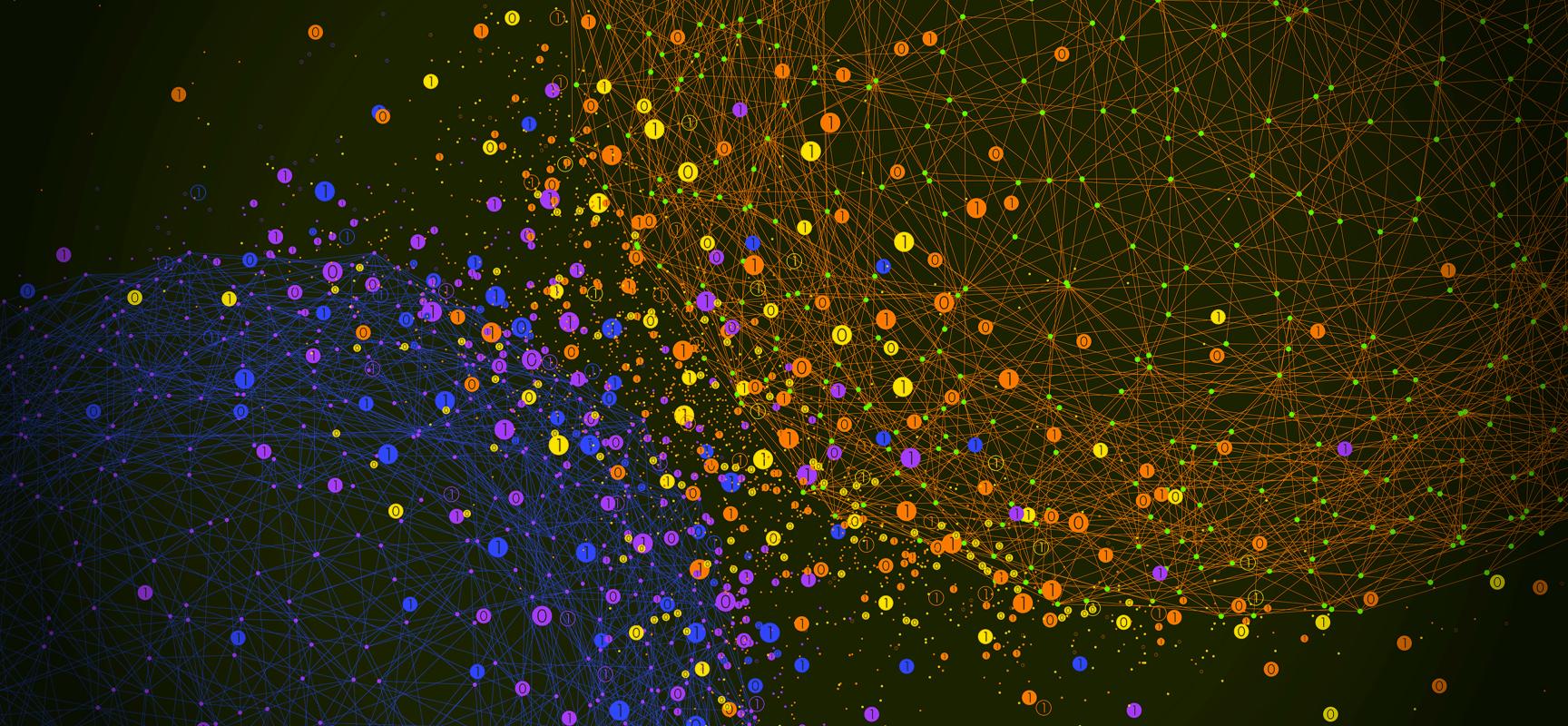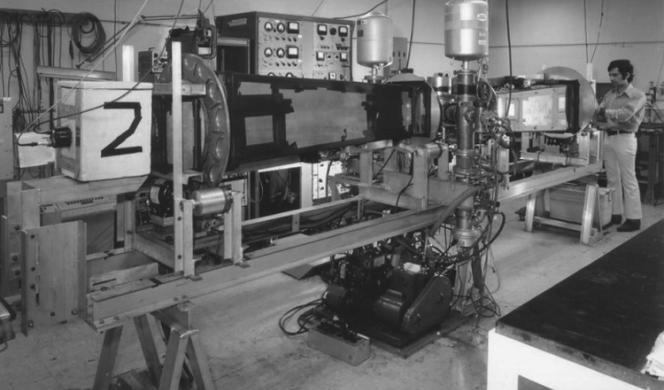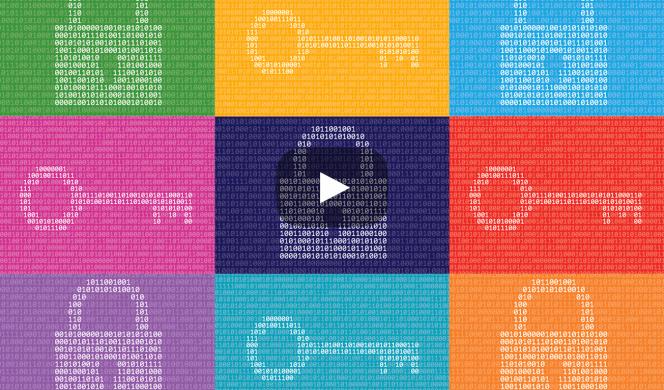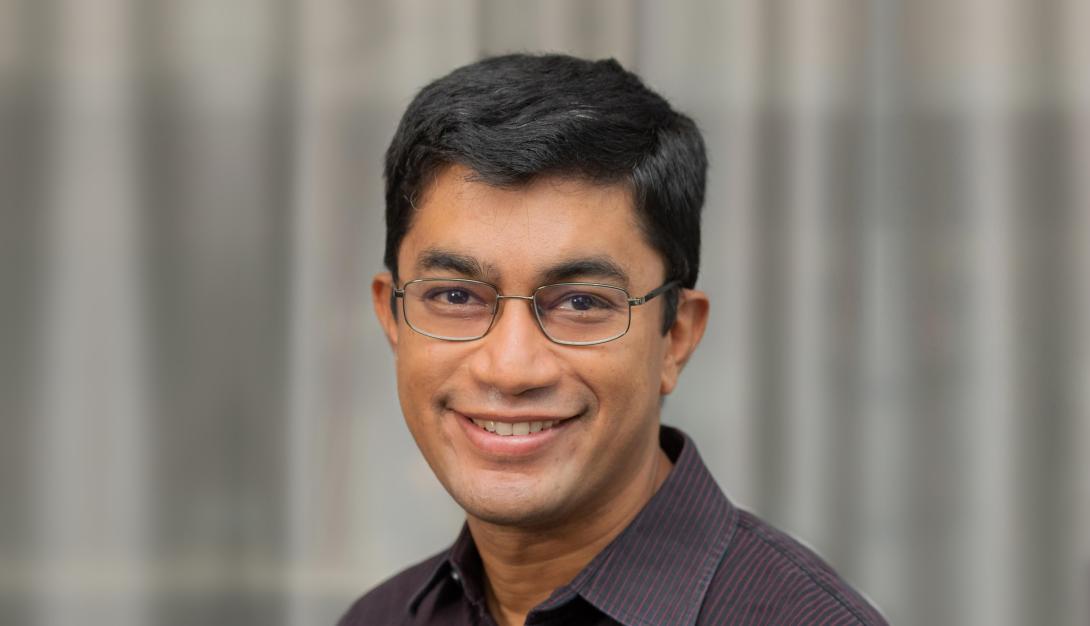
Greetings from Berkeley, where we’ve recently welcomed a merry band of cryptographers for what promises to be an outstanding summer program on...
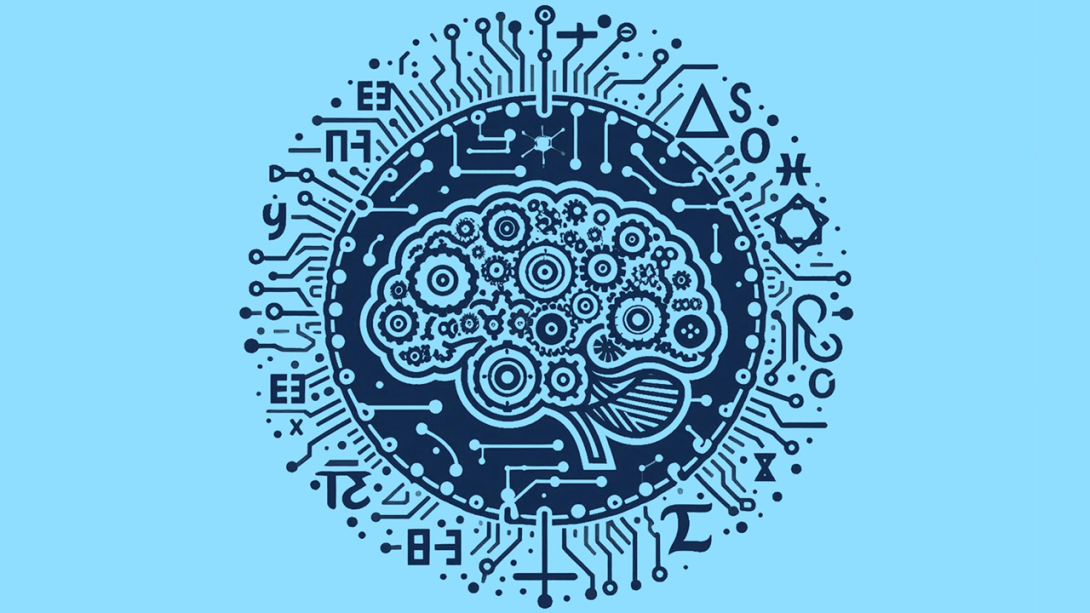
This month, we held a joint workshop with SLMath on AI for Mathematics and Theoretical Computer Science. It was unlike any other Simons Institute...

We’re delighted to share that Miller fellow and Simons Institute Quantum Pod postdoc Ewin Tang has been awarded the 2025 Maryam Mirzakhani New...
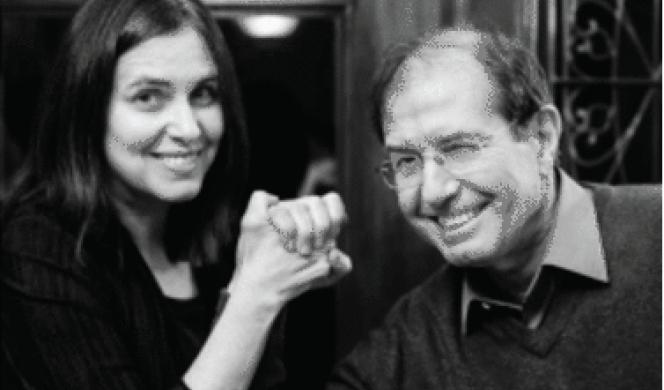
Zero-knowledge proofs allow researchers to prove their knowledge without divulging the knowledge itself.

Warm greetings from Berkeley, where it oscillates from cold and foggy SF nights to beautiful sunny weather! The Simons Institute's second decade is off to an exciting start, with research programs on Data-Driven Decision Processes and on Graph Limits and Processes on Networks: From Epidemics to Misinformation running alongside our ongoing research pods on quantum computing and machine learning.
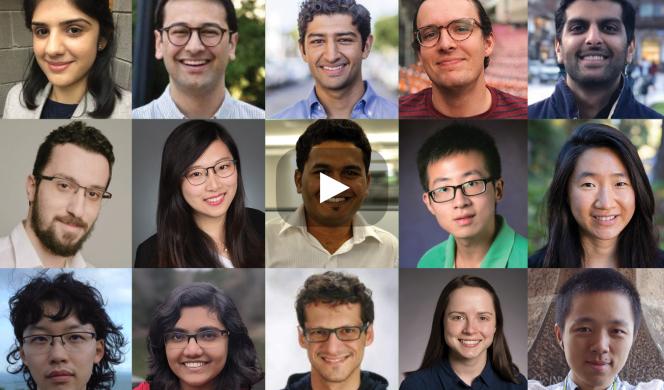
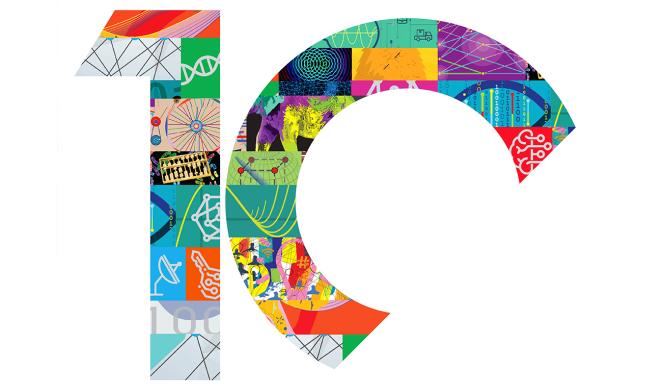
It has been 10 years since the Simons Institute was established, and what a decade it has been! We celebrated this milestone with a three-day symposium at Berkeley from May 25 through 27.

Greetings from Calvin Lab, where we celebrated our 10-year anniversary with the busiest summer since we first opened our doors.
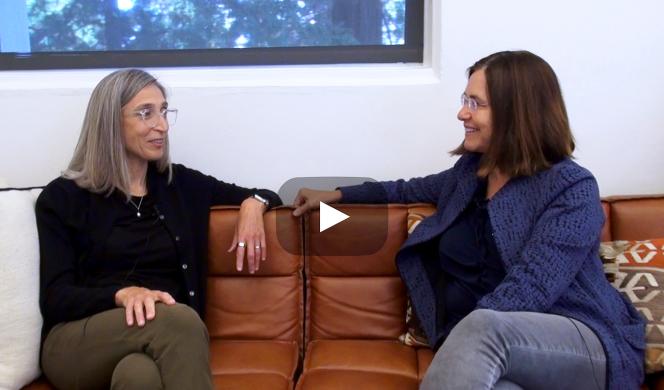
Director Shafi Goldwasser sits down with Incoming Associate Director Sandy Irani to discuss Sandy’s work and vision for her role at the Institute.



